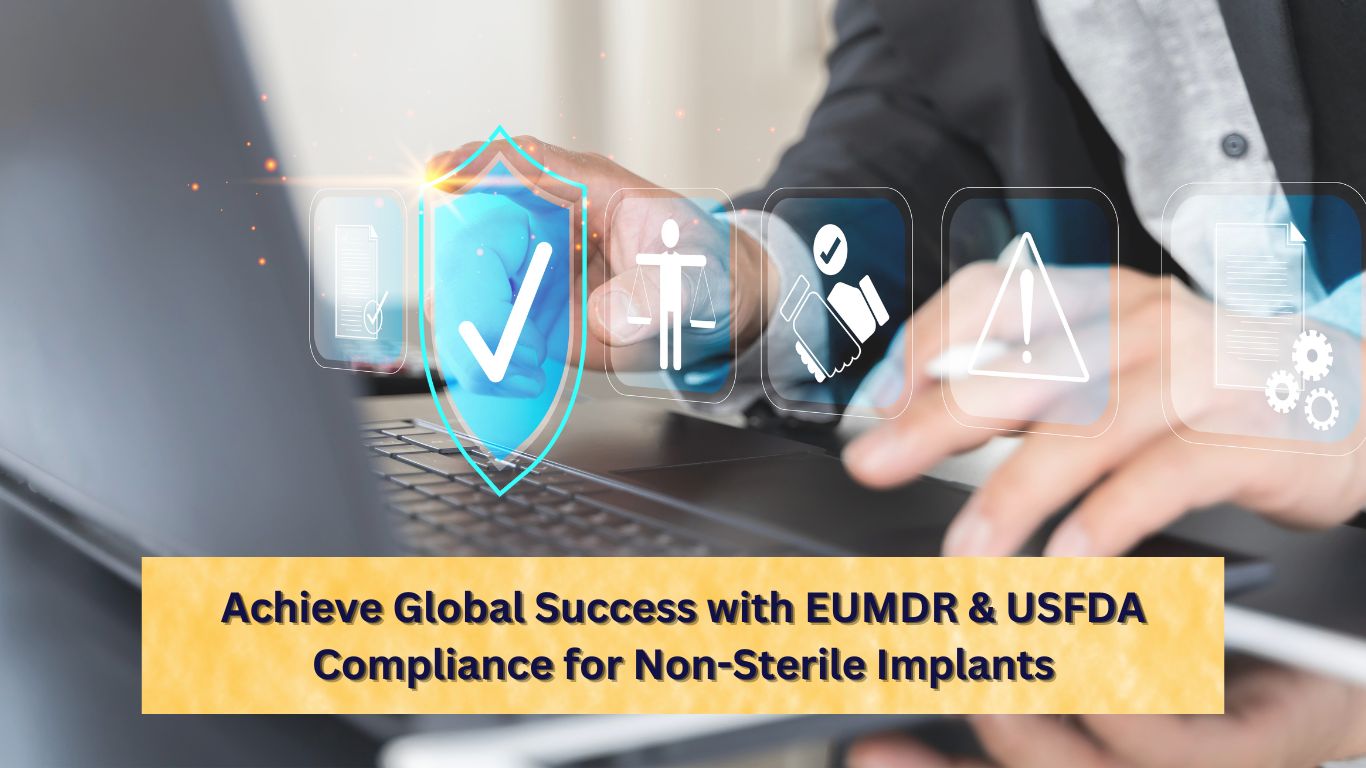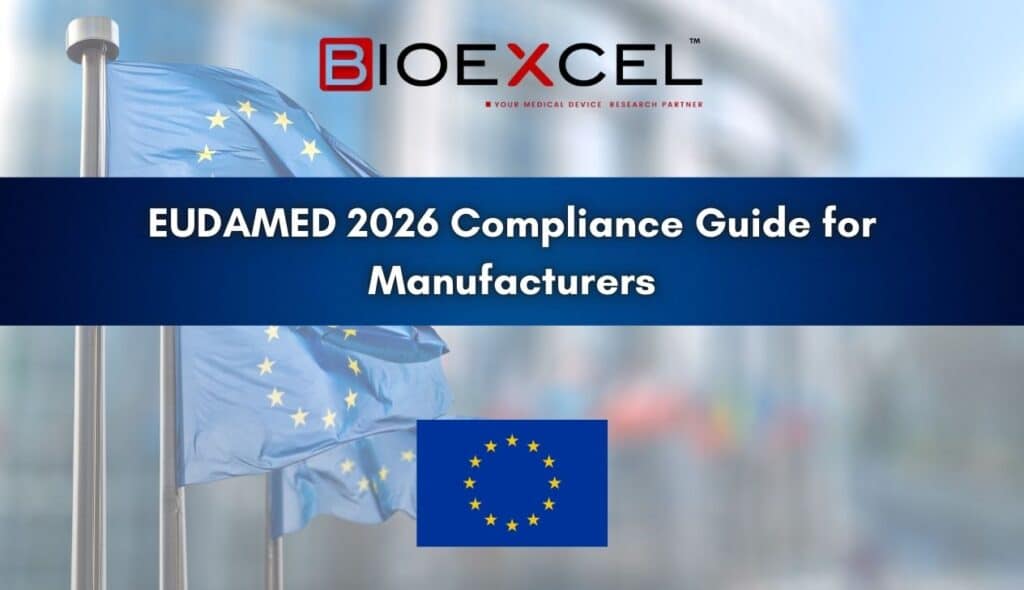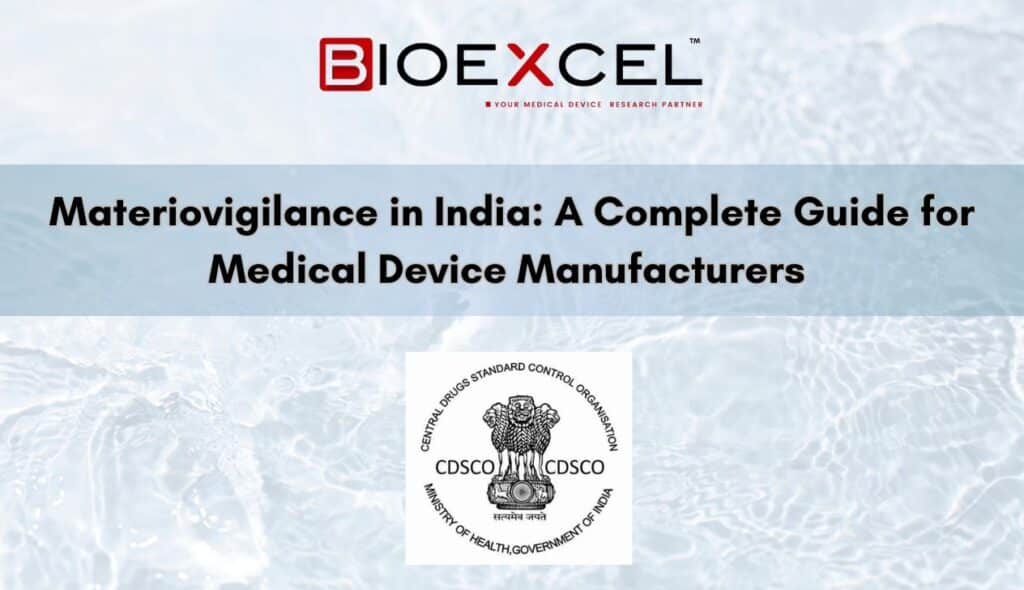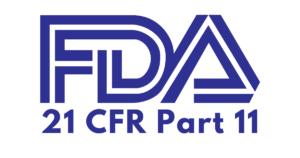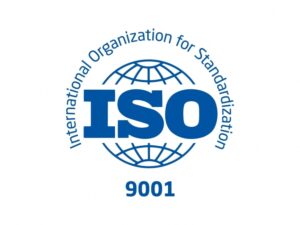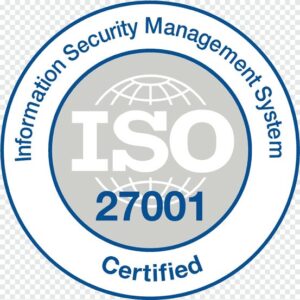In the ever-evolving landscape of medical device manufacturing, compliance with regulatory standards like the European Union Medical Device Regulation (EUMDR) and the United States Food and Drug Administration (USFDA) is paramount for achieving global success. For manufacturers of non-sterile implants, meeting these rigorous requirements not only ensures market access but also reinforces trust in product safety and performance.
Understanding Non-Sterile Implants
Non-sterile implants are medical devices designed to be placed inside the human body but are provided without sterilization. These devices are commonly made from materials like Titanium and SS316, known for their biocompatibility and durability. They require sterilization at the point of care before implantation.
Despite their non-sterile nature, these implants must adhere to stringent safety, efficacy, and performance criteria to safeguard patient health. Regulatory compliance plays a pivotal role in ensuring these devices meet international standards.
Key EUMDR Requirements for Non-Sterile Implants
The EUMDR (Regulation (EU) 2017/745) emphasizes a lifecycle approach to device safety and performance. Here are the critical requirements for non-sterile implants:
- Clinical Evaluation and Evidence: Manufacturers must provide clinical data supporting the safety and performance of the device under intended use conditions.
- Risk Management: A robust risk management process, aligned with ISO 14971, is essential for identifying and mitigating risks associated with the device.
- Technical Documentation: Comprehensive technical files must include details on design, materials, and manufacturing processes.
- Post-Market Surveillance (PMS): Manufacturers must establish PMS systems to monitor device performance and report adverse events.
- Labeling and Instructions: Clear and compliant labeling, including sterilization instructions, is mandatory.

Key USFDA Requirements for Non-Sterile Implants
The USFDA’s regulatory framework for medical devices ensures they meet strict safety and effectiveness standards. For non-sterile implants, manufacturers must address:
- Premarket Notification (510(k)) or Premarket Approval (PMA): Depending on the device class, manufacturers may need to demonstrate substantial equivalence or obtain approval based on clinical evidence.
- Good Manufacturing Practices (GMP): Compliance with the Quality System Regulation (QSR) outlined in 21 CFR Part 820 is critical.
- Biocompatibility Testing: Conformance with ISO 10993 ensures materials are safe for use in the human body.
- Labeling Requirements: Instructions for sterilization and intended use must be clear and meet FDA guidelines.
- Post-Market Surveillance: Ongoing monitoring and reporting of device performance are essential to maintain compliance.
Benefits of Achieving EUMDR & USFDA Compliance
- Global Market Access: Compliance ensures eligibility for entry into lucrative markets like the EU and the US.
- Enhanced Patient Safety: Adherence to regulatory standards minimizes risks associated with device use.
- Increased Credibility: Regulatory approvals establish trust with healthcare providers and patients.
- Competitive Edge: Meeting these standards demonstrates commitment to quality, distinguishing your brand from competitors.
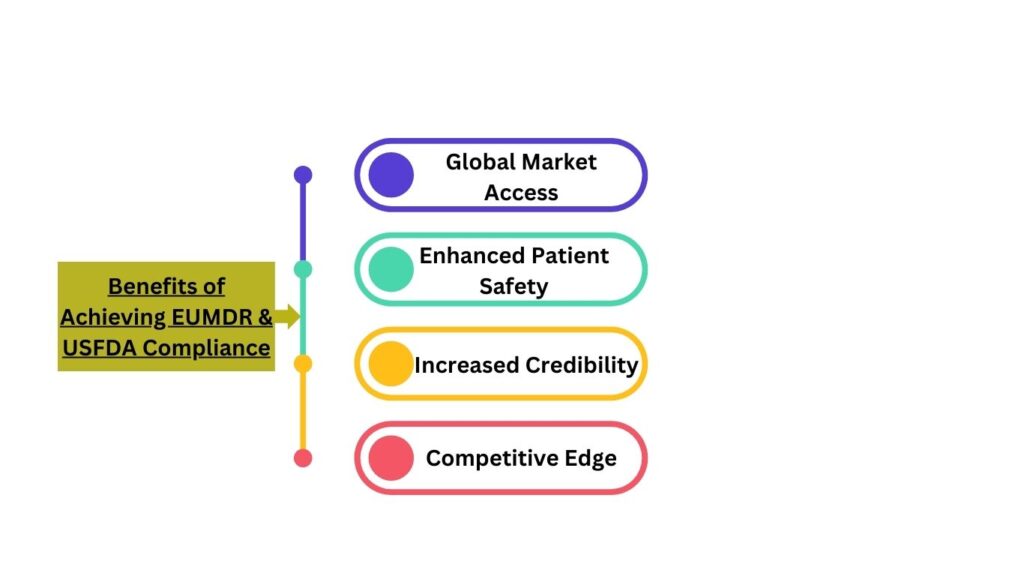
Steps to Ensure Compliance
- Engage Regulatory Experts: Collaborate with professionals experienced in EUMDR and USFDA regulations.
- Develop a Comprehensive Study Plan: Design clinical studies to meet safety and performance criteria, addressing both regulatory frameworks.
- Maintain Accurate Documentation: Ensure all technical and clinical documentation is thorough and up-to-date.
- Invest in Risk Management: Establish a proactive approach to risk assessment and mitigation.
- Leverage Post-Market Data: Use PMS data to refine products and demonstrate ongoing compliance.
Partner with Bioexcel for Regulatory Success
Navigating the complexities of EUMDR and USFDA compliance can be challenging. Bioexcel specializes in guiding medical device manufacturers through every stage of the regulatory journey. From study design and documentation to risk management and post-market surveillance, our team ensures your non-sterile implants meet international standards.
Achieve global success and transform your vision into reality with Bioexcel. Contact us today to learn how we can help you navigate the regulatory landscape and ensure your products reach patients worldwide.
Optimize Your Journey with Bioexcel
If you’re ready to take the next step in ensuring EUMDR and USFDA compliance for your non-sterile implants, Bioexcel is here to support you every step of the way. Don’t let regulatory hurdles hold you back—embrace the path to global success with confidence.


